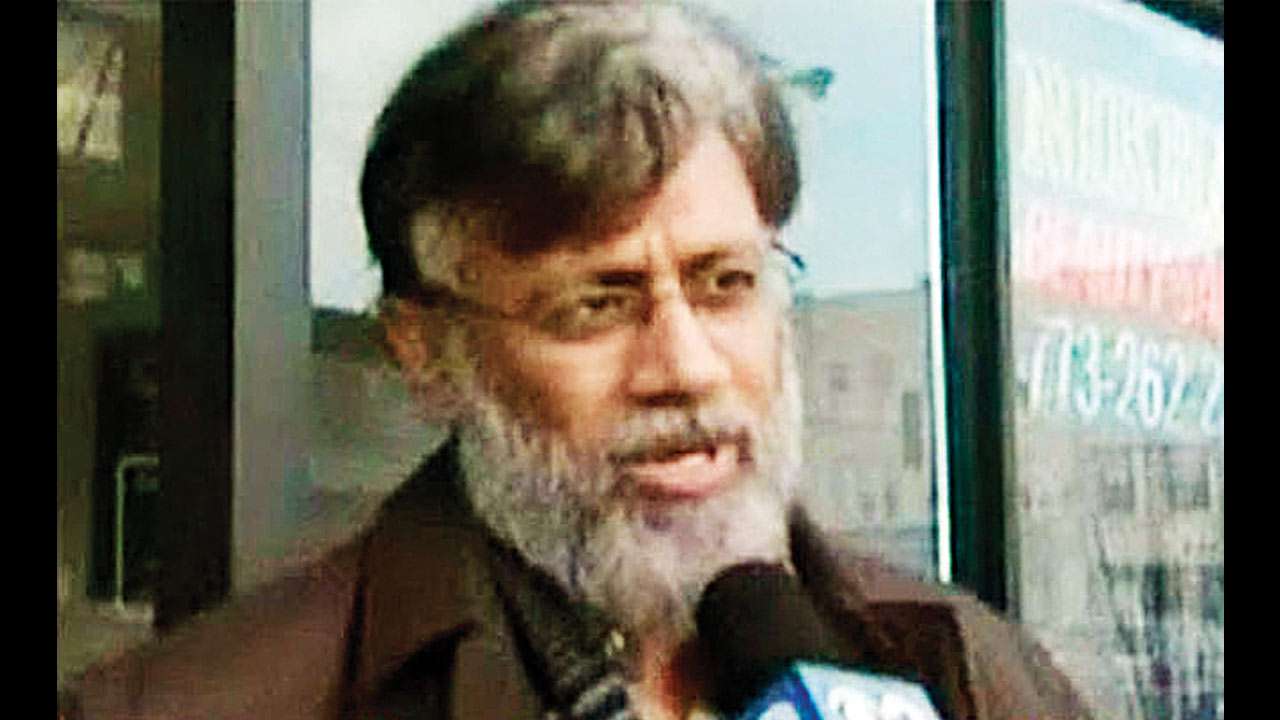
It is a good sign that Indo-US cooperation on terror crimes is getting streamlined. There is no better evidence of it than the Indian efforts to extradite 26/11 plotter Tahawwur Hussain Rana, the Pakistani born Canadian national who is serving a 14-year sentence for his role in the strike that left 166 persons dead and several others decapacitated for life.
Rana, 58, a Chicago resident, was held in 2009 after investigators both in the US and India zeroed in on his co-conspirator David Coleman Headley, aka Daood Syed Gilani, the principal mastermind of the attack who visited Mumbai three times to identify the locations where 10 Lashkar-e-Taiba (LeT) terrorists carried out the multi-pronged attacks.
As reported in this paper on Tuesday, a team from the National Investigation Agency (NIA) visited the US in December 2018 with a request to cut down on bureaucratic procedures and hand over Rana to India before his jail term ends in December 2021.
Going with Prime Minister Narendra Modi and President Donald Trump’s resolve to jointly counter terrorism, as well as more meaningful execution of the 1997 Indo-US Extradition Treaty, US officials are currently working on the formalities to ensure Rana’s deportation to India.
It is not a mere formality though. Even though Rana’s role has been well chronicled though confession and eyewitness accounts, it is important to get him back to India. Extradition is a cumbersome process, not merely because of the red tape involved, but also because very independent judiciaries both in the US and India take their time over arriving at a decision.
Just in case, if the two countries fail to do that, the accused will go back to Canada at the end of his jail term which will then make it even more difficult for Indian authorities to lay their hands on him because of stringent Canadian laws and the fact that the process will have to be started again.
In the evidence submitted by the NIA, Rana was involved in planning an attack on the prestigious Delhi-based National Defence College and Chabad Houses in several Indian cities as well as in a forgery case which establish his criminal bonafides without any doubt.
It is also time for Indian authorities to try and extradite an even more sinister terrorist, Headley, Rana’s co-conspirator, who wears so many hats that even the likes of CIA and FBI have been taken in by him in the past. Currently serving a 35-year sentence in the 26/11 case, Headley has deposed before authorities in the US as well as in India through video conferencing, detailing the anti-India activities of the LeT, the role and names of serving Pakistani Army officials involved in the 26/11 attacks and all inside information.
That has led to a Mumbai court pronouncing him as an approver in the 26/11 case. Given his vast connections to the security apparatus in the US, Headley may be a difficult man to extradite to India, but there is no harm in trying him under Indian laws as well.